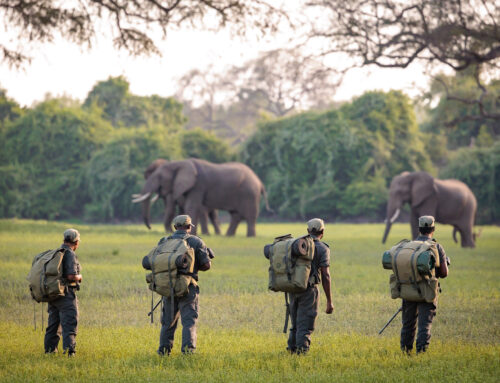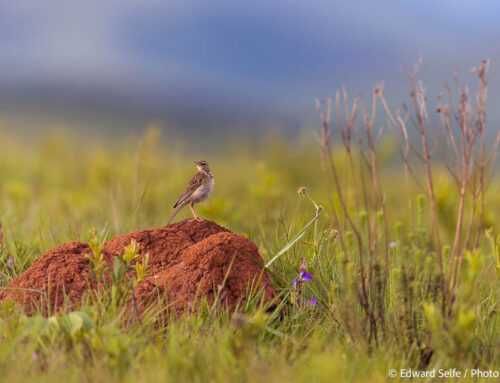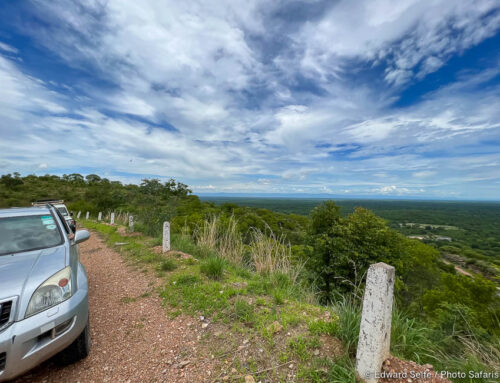November is the month in which the rains usually arrive in Luangwa. I remember a year when 110mm fell on the night of Nov 1, leaving the park awash with mud, fallen leaves and battered trees the following morning. But I also remember years where it was still dry at Christmas-time, so predicting the exact arrival of the rains is a tricky business!
After the intense heat of October, we all look forward to the relief that the rains will bring. Of course, the animals are anticipating it even more as they make the daily trek to the river to quench their thirsts, weaving between lazy prides of rotund lions on their route.
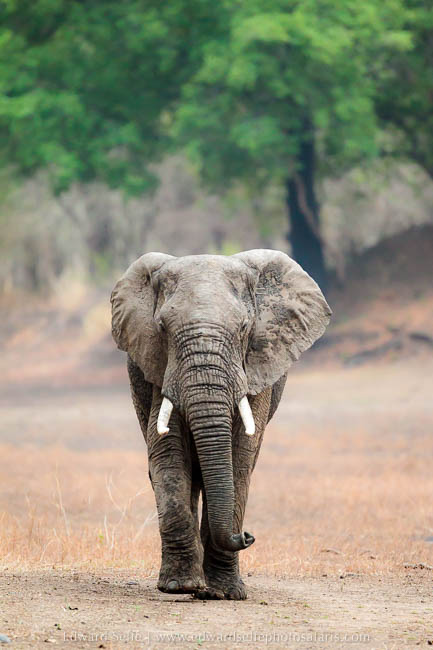
Despite the arrival of the rains in November, it can actually be the hardest month for many animals. It comes at the end of a very long dry season, and nutritional challenges are at their peak. Large, bulk feeders such as hippos, elephants and buffalo have been living off reserves for months. Even with the arrival of the rains, the resulting grass is short. Elephants take time to rebuild reserves, so we often find carcasses of these, and other large herbivores, in November when the nutritional squeeze is “supposed” to have lessened.
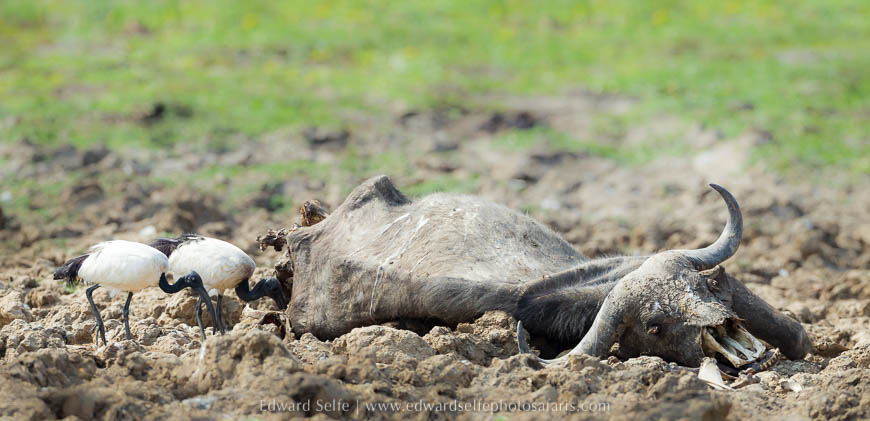
But the rains will come at some stage, and the skies and cloud build-ups before hand are really something to see. Hot, hairdryer days, followed by dusty evening winds signal that change is coming.
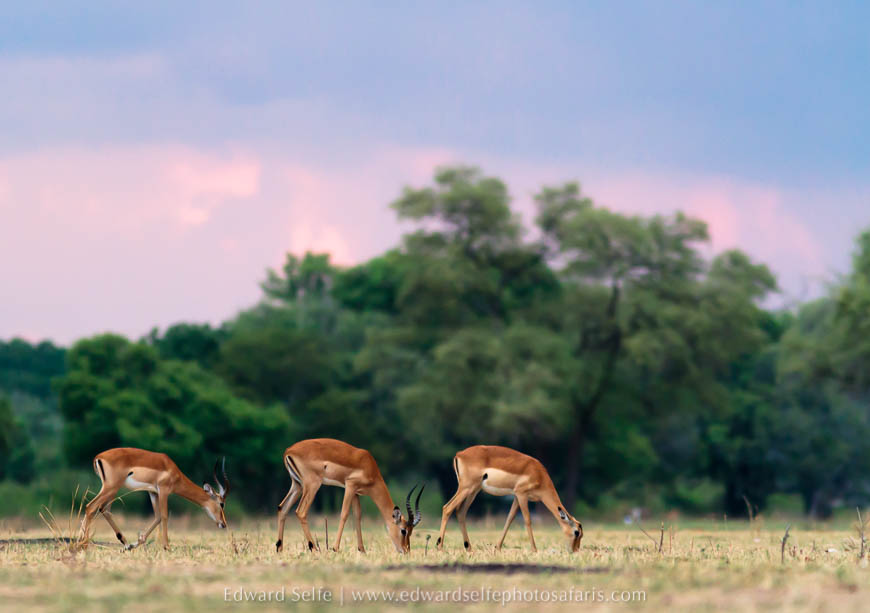
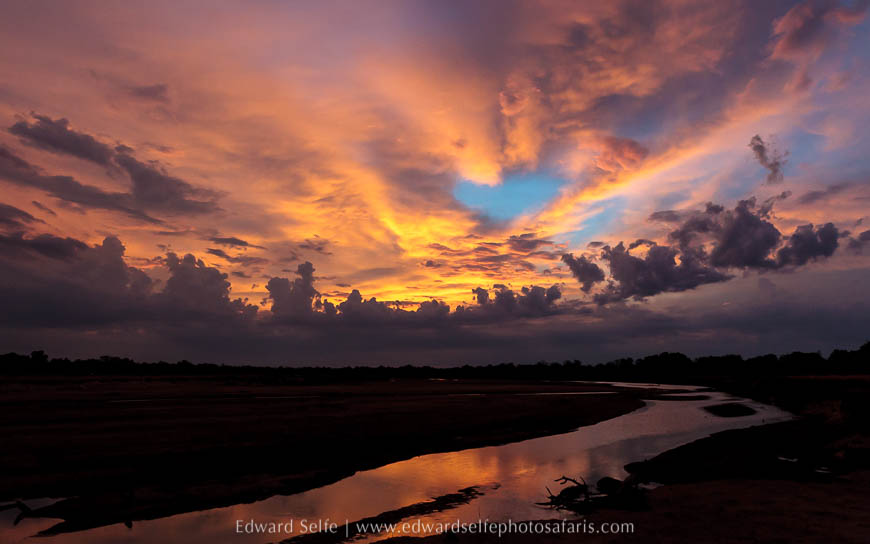
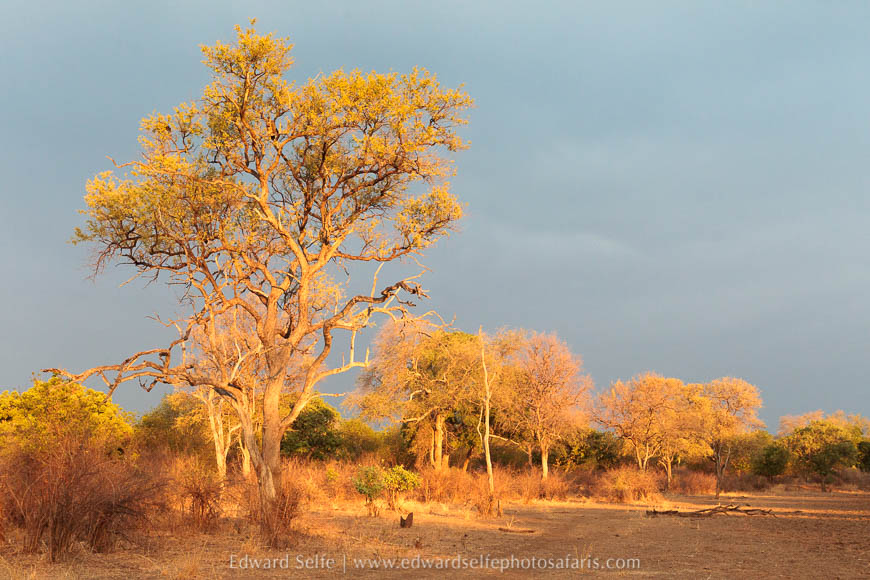
Tempers are frayed in the intense heat and even lions, for whom it is an “easy” time of year, find it hard to rest without the occasional family spat. Vultures hang around the predators, knowing that there is such a glut of feeding opportunities, they will likely enjoy a decent share of each kill when the lions move on to something fresher.
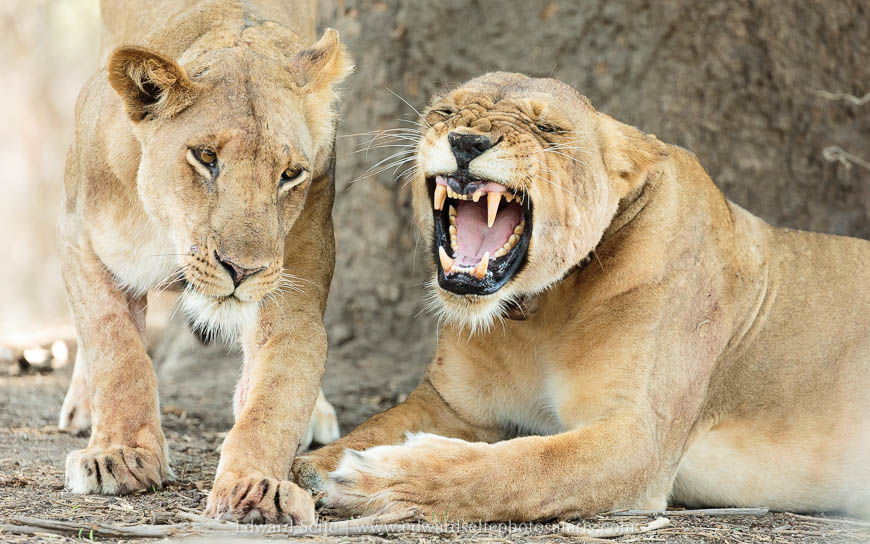
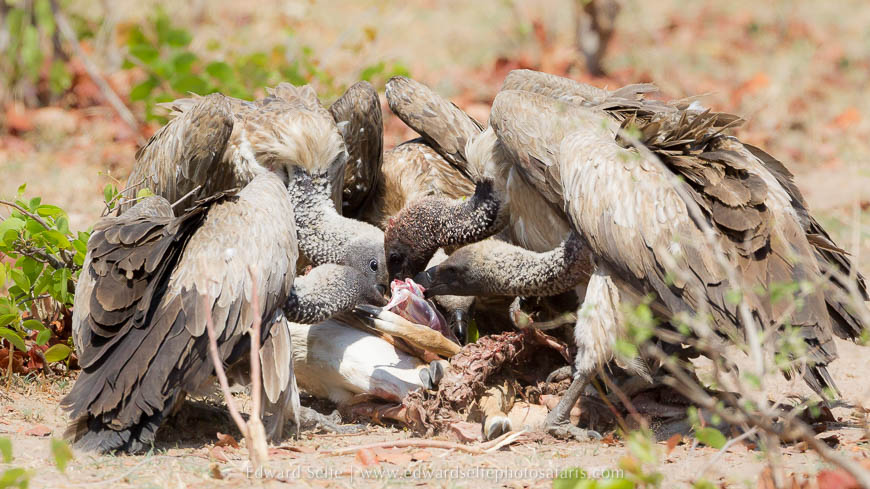
The only source of food that can be relied upon is the wild mangos. These majestic trees drop their fruits at the start of the rains, feeding multiple species of animals in November and December when food is at its scarcest. As a result, baboons, monkeys, birds, elephants, warthogs, impalas and endless insects feast on the sweet fruits. Mango trees can be easily identified partly by the total lack of foliage beneath them, a direct result of thousands of feet at this time of the year!
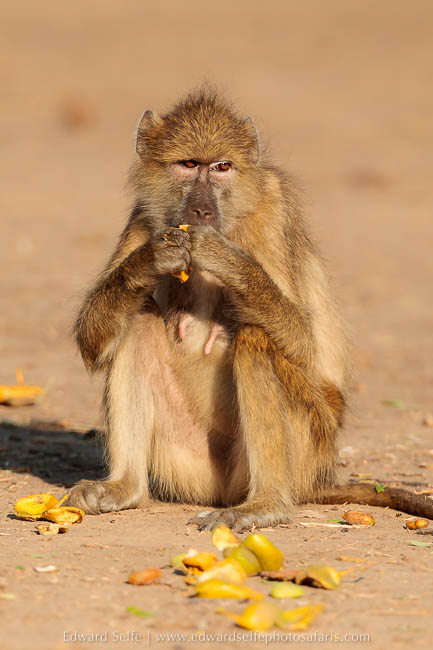
But amongst all this strain, there is plenty of new life. Impalas, warthogs and elephants have a peak of youngsters towards the start of the rains, so we can enjoy sightings of wobbly-legged youngsters following their mothers between feeding sites.
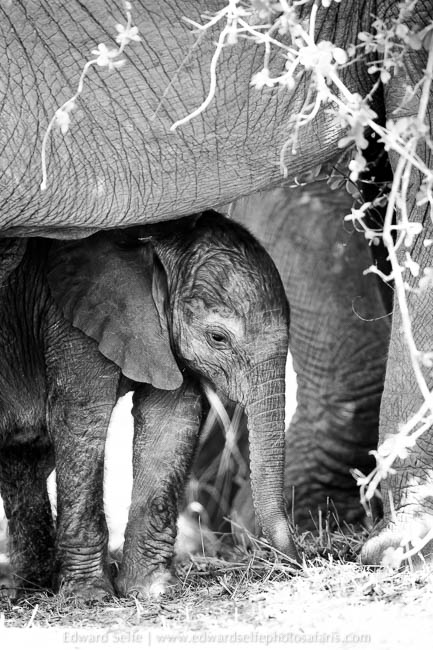
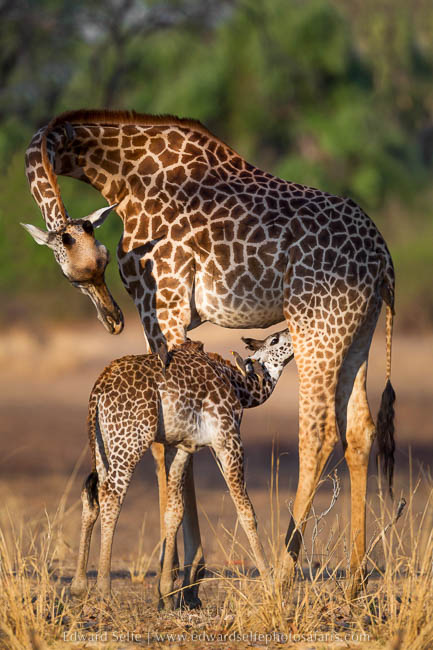
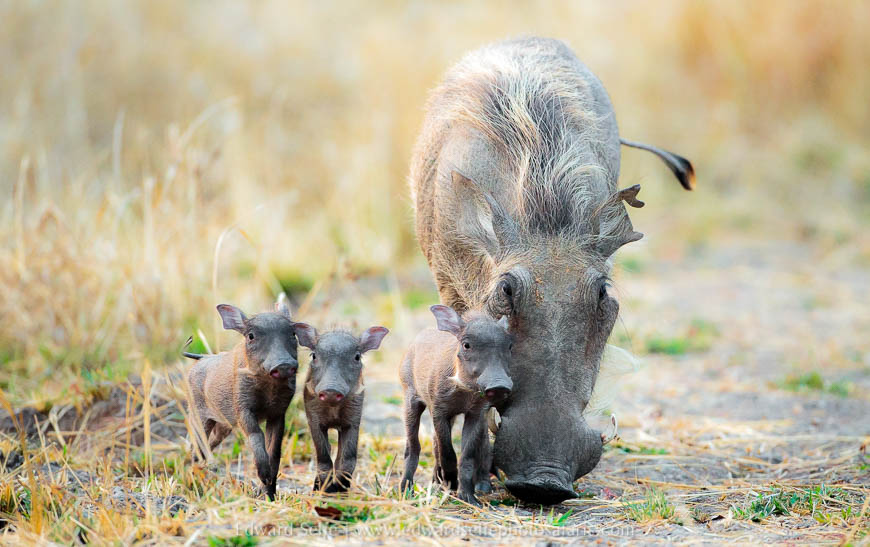
And when the rains do come, the change is rapid and dramatic. New grass starts to show through within 24 hours and the dispersal of game from the river banks and grassland shelves along the Luangwa is incredible. Where one day 100 antelope scratched out a living on the floodplains, a week later a couple of lone territorial males remain. It is a beautiful time however, with clear air, green carpets of grass and a sense of freshness after a long dusty time.
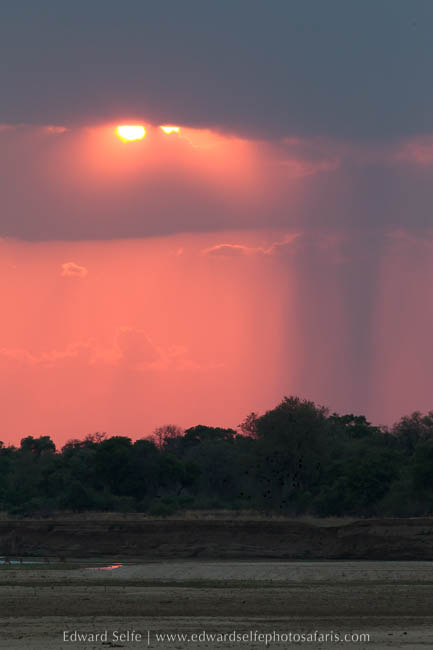
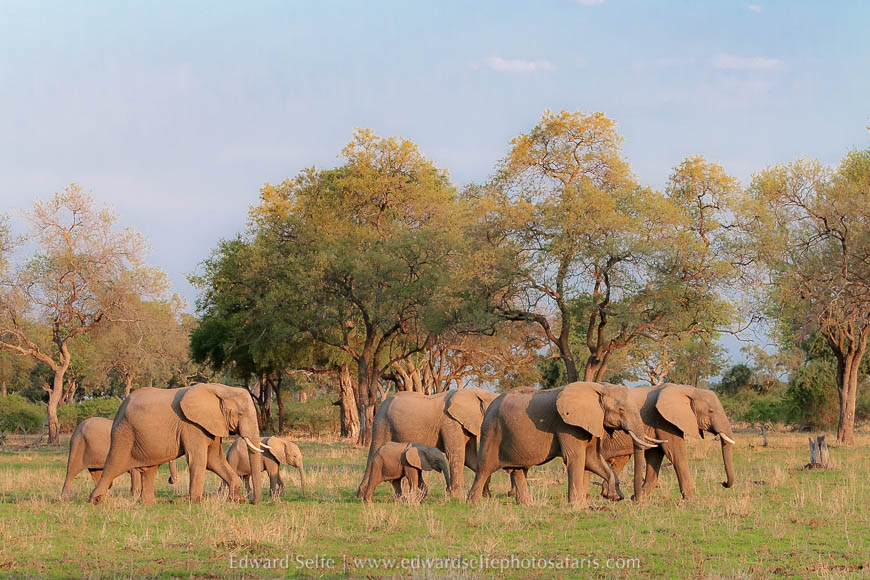
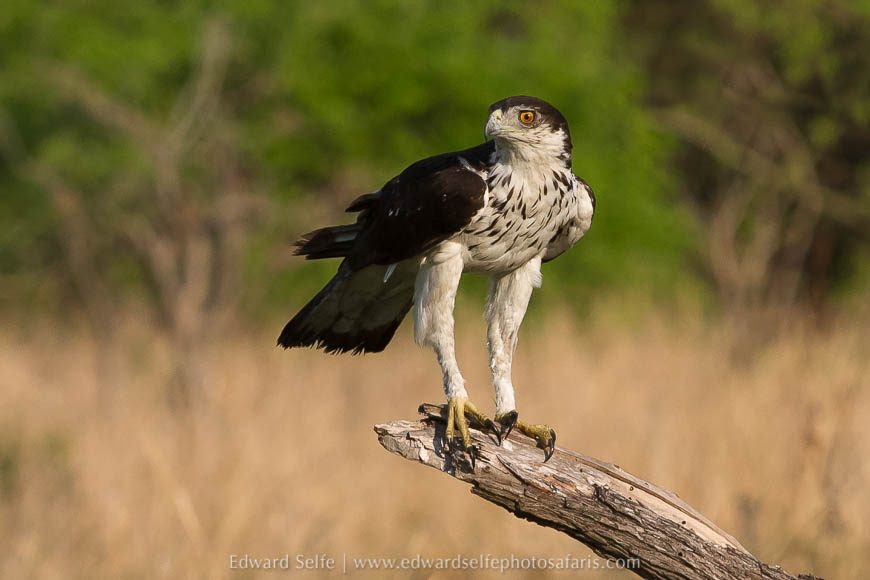
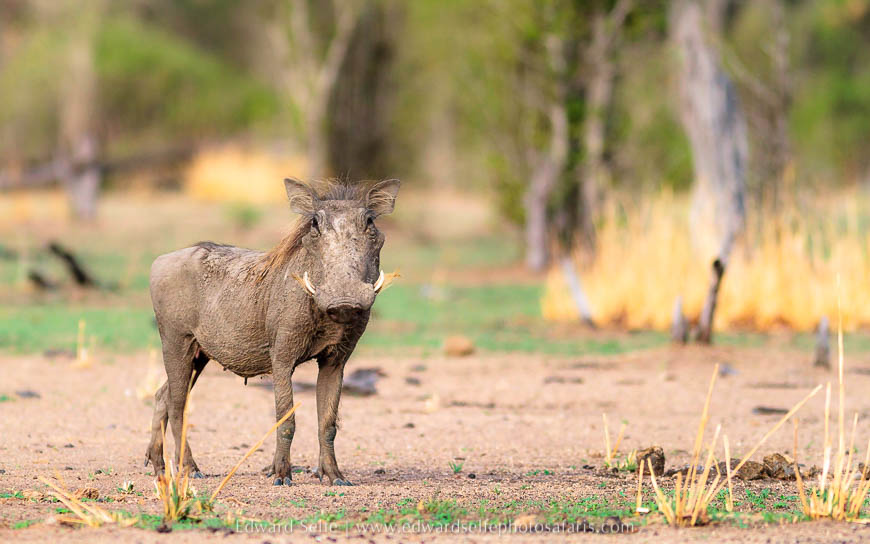
One part of Luangwa life that continues at frantic pace is the colonies of carmine bee-eaters! With broods still to feed in their nest holes, the adult birds are busily hawking for insects and retuning them to their young. The sightings along the river of this spectacle continue to be fantastic!
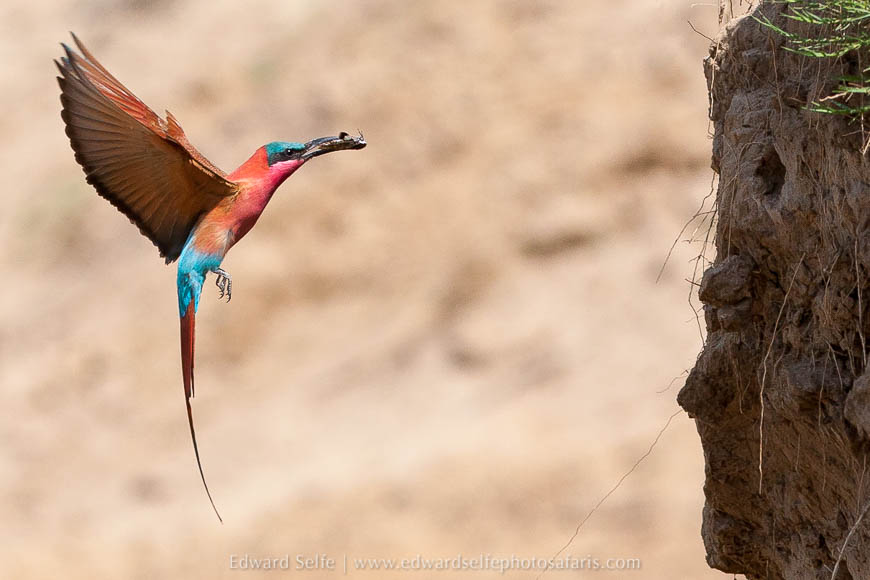
November is the changeover between dry season and the rains, and it’s a great event to experience….if you can guess exactly when it will happen!

